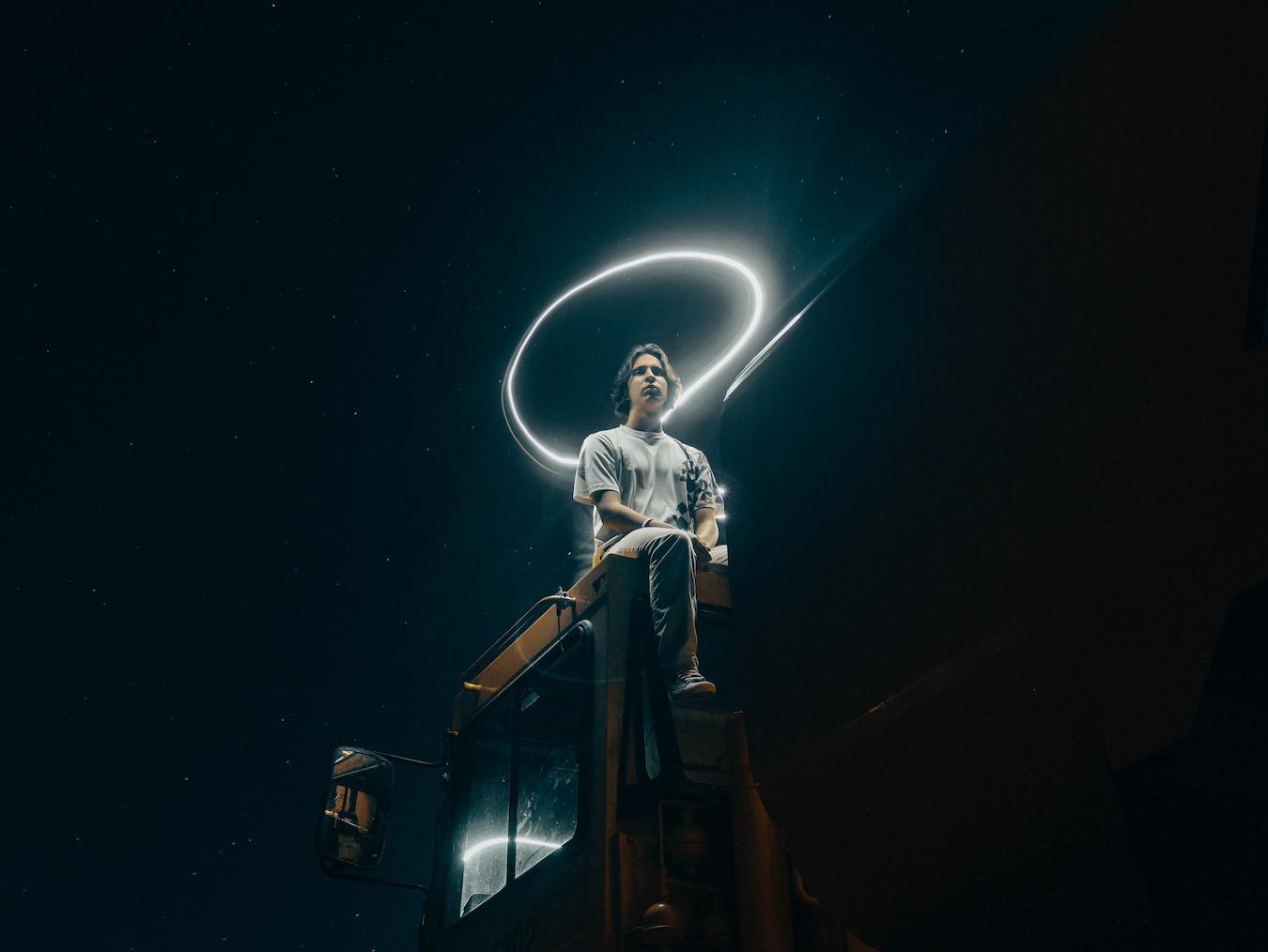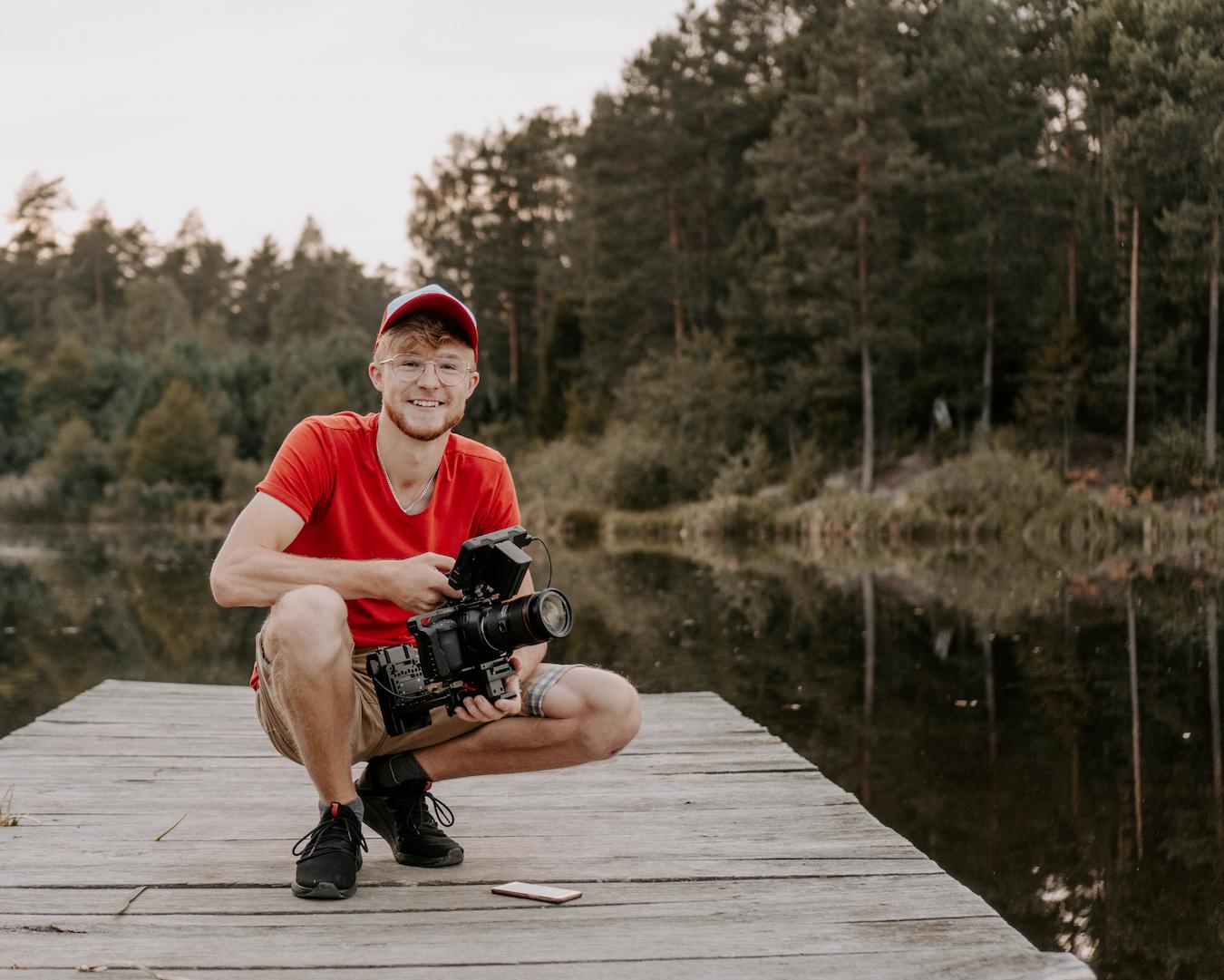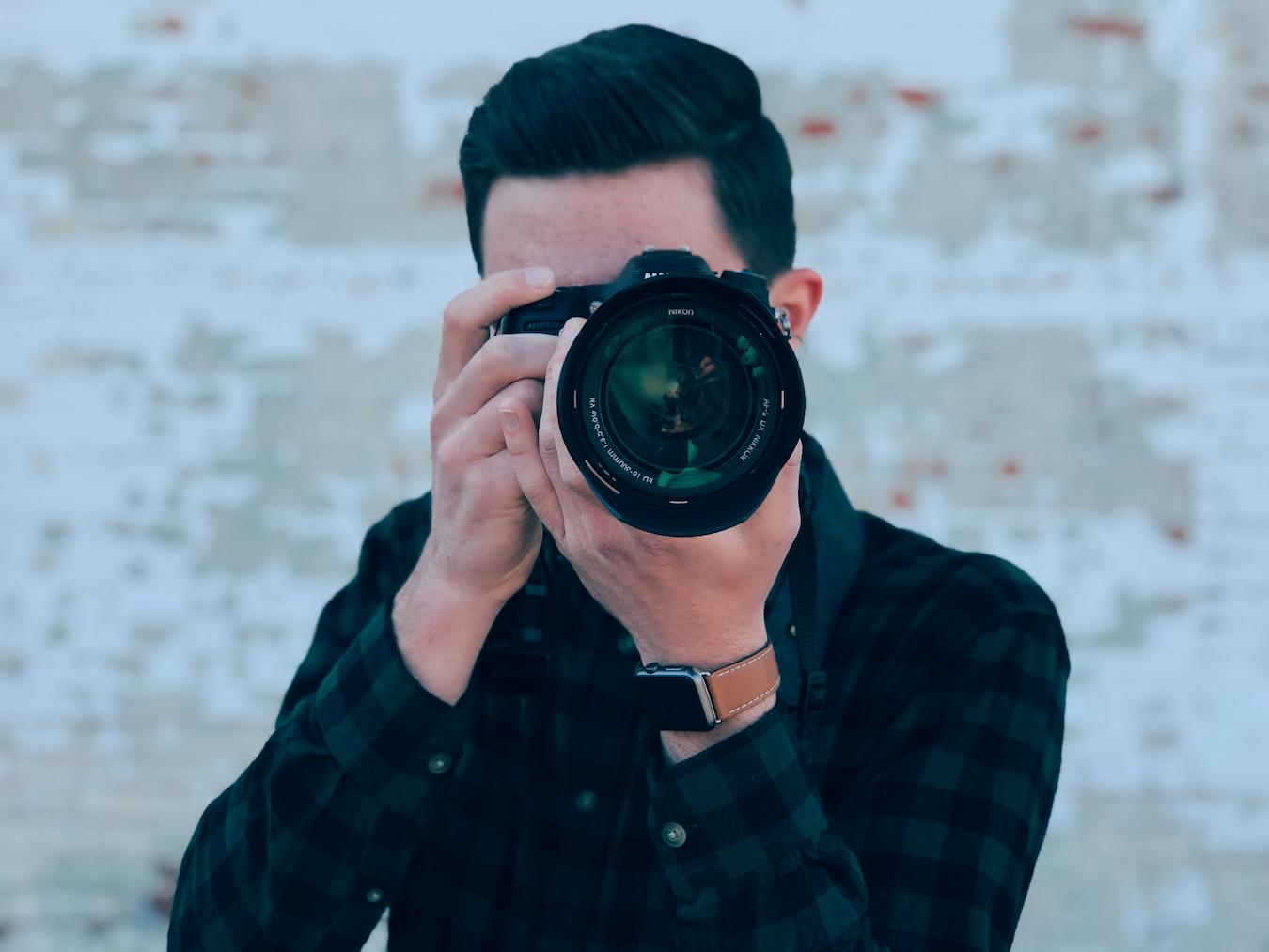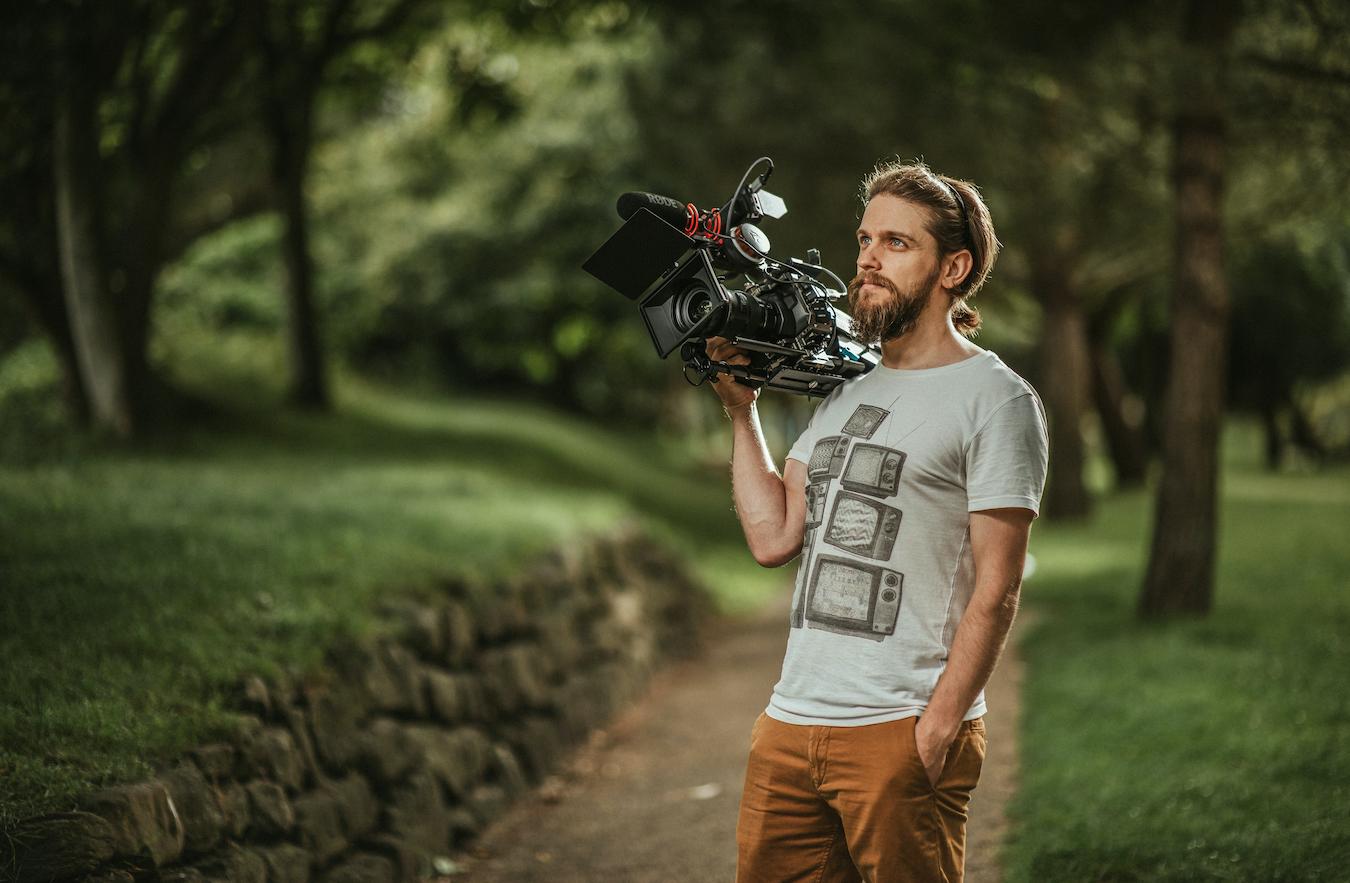Films have the power to make you feel something. But how much does the lighting have to do with that?
Turns out, quite a bit. Lighting can highly affect the mood of a film, just like it can affect photography.
It can help the audience understand what they are supposed to be feeling. And it can help us see a character in a different light – literally.
Alternatively, bad lighting can ruin the emotion of a movie. The contrast could be too distracting.
Or, the color might not match the scene. But all this can be avoided with an understanding of the basic concepts.
Below are some of the key factors that go into good lighting. With these in mind, you’ll be able to create the perfect mood lighting for your next film whether it’s a lower budget studio production project or a large scale movie with a budget to book a sound stage.
See Related: How to Convert 8mm Film to Digital
Color
The color of your lights is extremely important. It can help the audience understand the weather conditions of the scene.
Or, it can give them a sense of the time of day. Different colors tend to incite different emotions as well.
For example, blue can make the scene feel sad. Or, pink can make a scene feel more romantic.
So when it comes to mood lighting, color is key to affecting the mood. Most films use either “warm” or “cool” lighting.
Sometimes, they even use a mixture of both. Generally, cool or blue light gives the audience a sense of calm during the film.
But it can also be used to create a somber or suspenseful scene. Warm lighting, on the other hand, is more comforting.
It can conjure up feelings of joy and ease. Or, it can be used to depict anger and hostility.
Below are some of the basic concepts of light. Between contrast, quality, and intensity, use these techniques for your next video or film.
Light Quality
Light quality refers to the hardness or softness of your light. Depending on the intensity, a scene can be received in dramatically different ways.
When light is diffused, it appears soft and smooth. But with greater intensity, the light and shadows appear sharp and harsh at the edges.
Typically, a bright sunny day will give you that hard lighting. But if the day is overcast, shadows will diffuse and give you soft lighting.
Hard light is best used for tense scenes. If a character is being interrogated, hard lighting will give them nowhere to hide.
Alternatively, soft or low-intensity lighting gives a sense of calm. If characters are experiencing peace, soft lighting will best give the audience that same emotion.
Light intensity can be controlled by its distance from the subject. If you are farther away, you decrease the intensity.
But if you’re closer up, you increase the intensity. All of this has to do with playing with shadows to create the perfect mood for the scene.
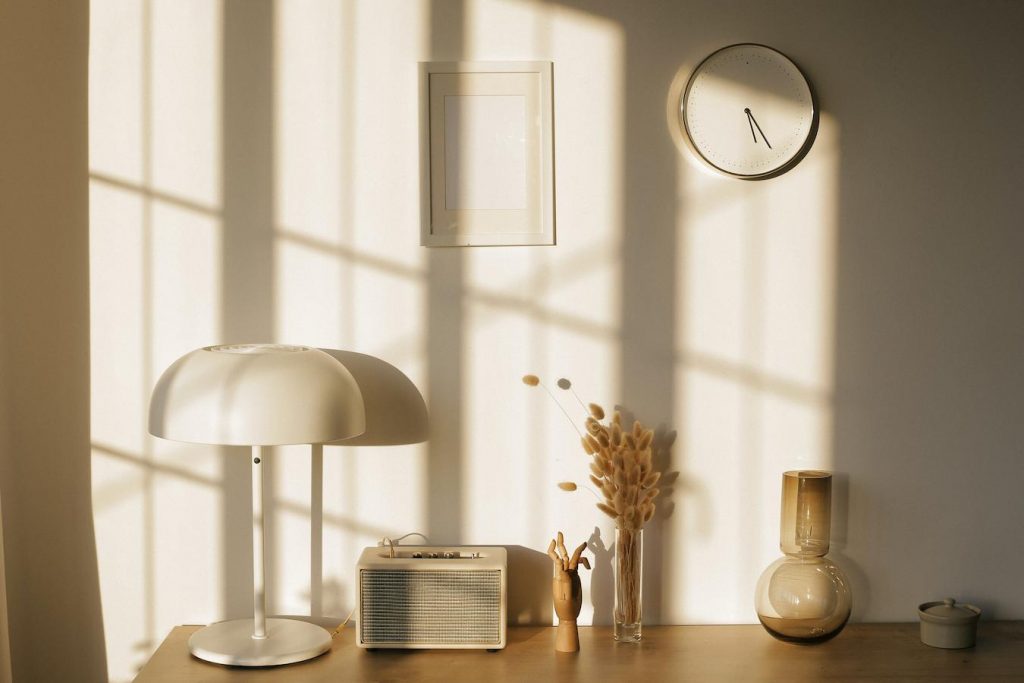
Direction
The direction of your lights will also inform the scene’s emotions. Light direction typically helps with shadow placement as well.
High-intensity lighting can make for a dark background. So this gives you plenty of room to play with shadow.
Many horror movies use this lighting technique. They can create a silhouette of the villain or reveal someone lurking in the dark.
Overall, this makes viewers feel anxious or uneasy. And it can add depth and mystery to the shot.
On the other hand, stop motion requires a very specific direction from light. So natural lighting is generally not the best way to go for such projects.
As you can see, each project calls for a different direction. And it’s up to you and the lighting designer to figure out what that direction is.
Fill
Another way to affect the mood is through key and fill lights. The key light is the main light that is used to illuminate the subject.
And the fill light provides an overall lift to the shadows. You can tweak the relationship between the two to shift the mood of the scene.
As the fill becomes less intense, the scene becomes more dramatic. But as it becomes more intense, it makes for softer lighting overall.
Additionally, the backlight plays a role in the contrast of the shot. Intense backlighting can make for a more drama-filled effect.
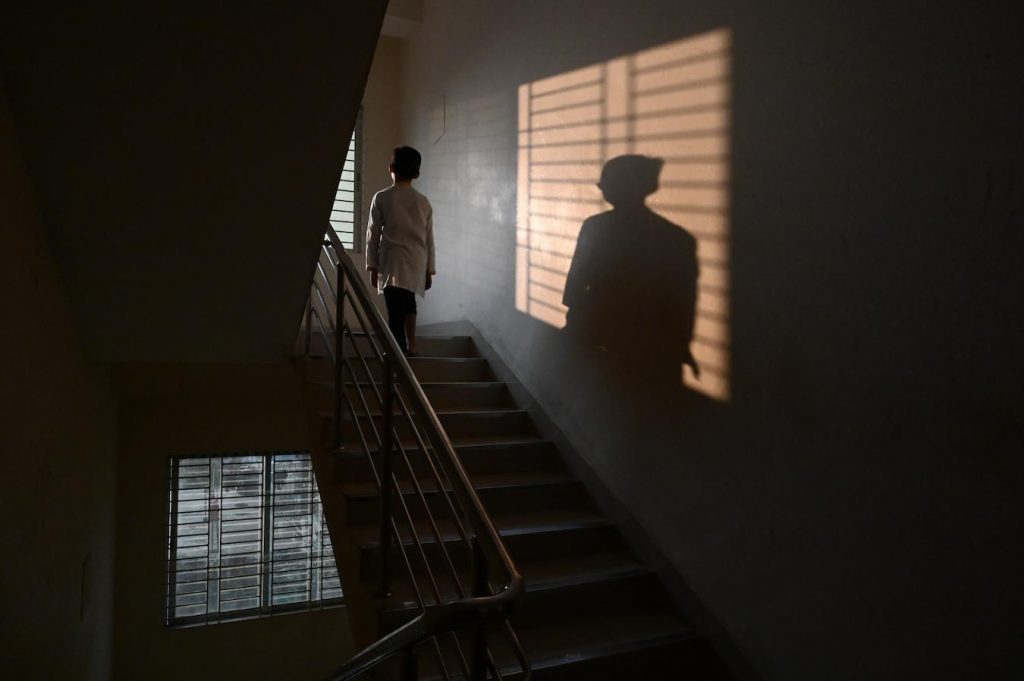
Bonus: What Software Do Film Composers Use?
Example Setups
Combining these techniques, a director can enhance the drama of a scene. Below are some cinematic examples of how to enhance the mood of a film.
#1. Natural emotional lighting
A basic natural emotional setup uses high key lighting. This lighting is most commonly used in newsrooms, game shows, and sitcoms.
High key lighting casts few shadows. The moods created with this lighting are generally bright and happy.
With one camera, this setup uses a three-point lighting position. The key and fill are spread evenly across all visual objects.
And the objects should also have their own backlight behind them. All lights used should have the same intensity to make for a soft environment.
#2. Dramatic lighting
In this setup, actors should be lit by a key light. But the fill light should be reduced to make for a more serious style.
Neither of the actors’ lights should spill on one another. Instead, the shadows will help to create a tense world.
Low key lighting can help make this part of the story more intriguing. If scenes typically use a lot of sun, this setup can act as a tool to shift the narrative altogether.
#3. Strong emotional lighting
The next time you want your video to come across as strong, try this setup. The key and fill lights should increase your harsh lines.
This will create shadows that can comment on the strong emotions of the scene. Additionally, the background should still be visible.
This will give the audience a kind of normalcy. They won’t have to search for where the scene is happening.
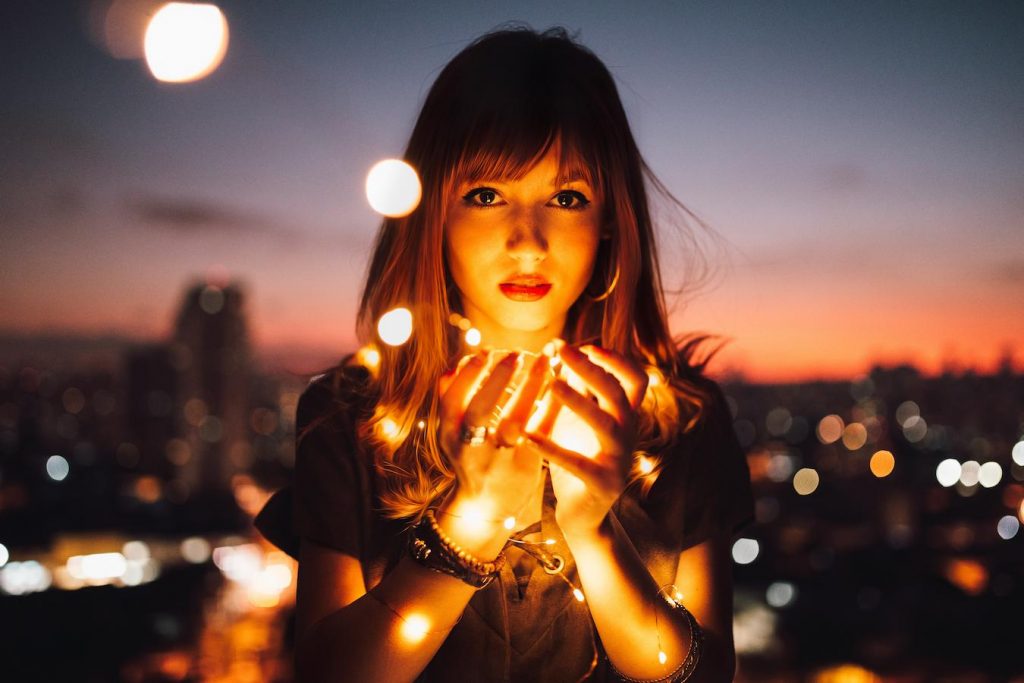
Let there be light
In filmmaking, lighting has the ability to talk. Your story can benefit from the contrast of shadows, making the film more mysterious or edgy.
Or, the low-key and color of your light can make for a romantic lens throughout. Either way, you can make light a huge part of your movies’ narrative.
At the end of the day, lighting doesn’t need words to communicate. And that’s what makes it so unique. It just creates the environment in which the art can occur.
So feel free to play with light in your next movie or film. You may discover new ways to set the scene.
Keep Reading: What is Film Editing?
–
Mack Sennett Studios is a historic full-service photography studio, production sound stage, and private event space in Silver Lake, serving as creative home to the Los Angeles cultural renaissance for the last 100 years. Check us out on Facebook, Twitter, Vimeo, Pinterest, Yelp and Instagram.

